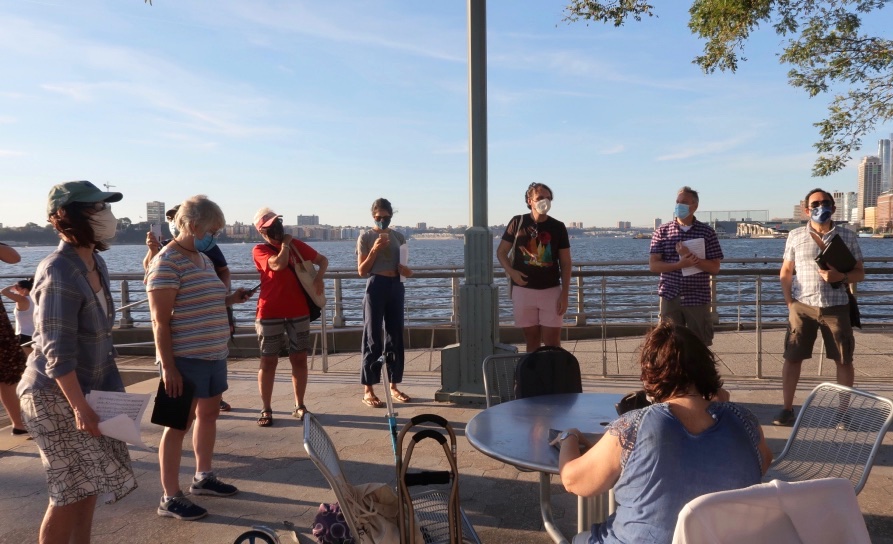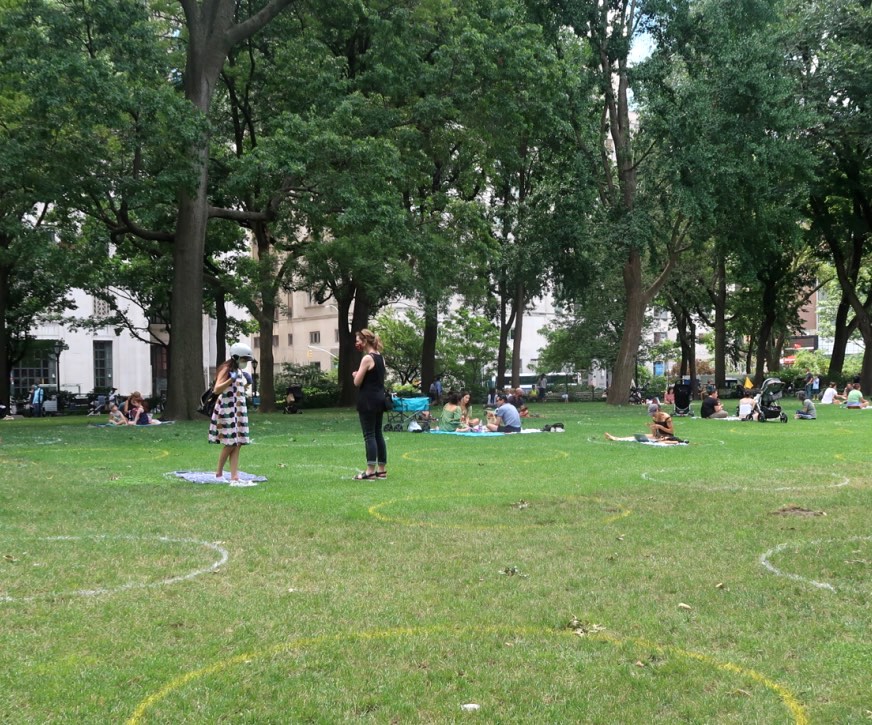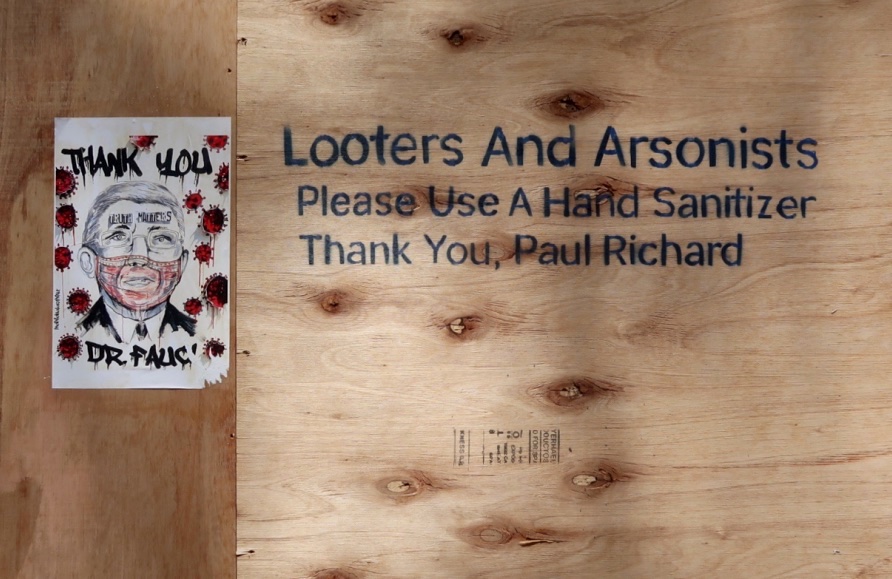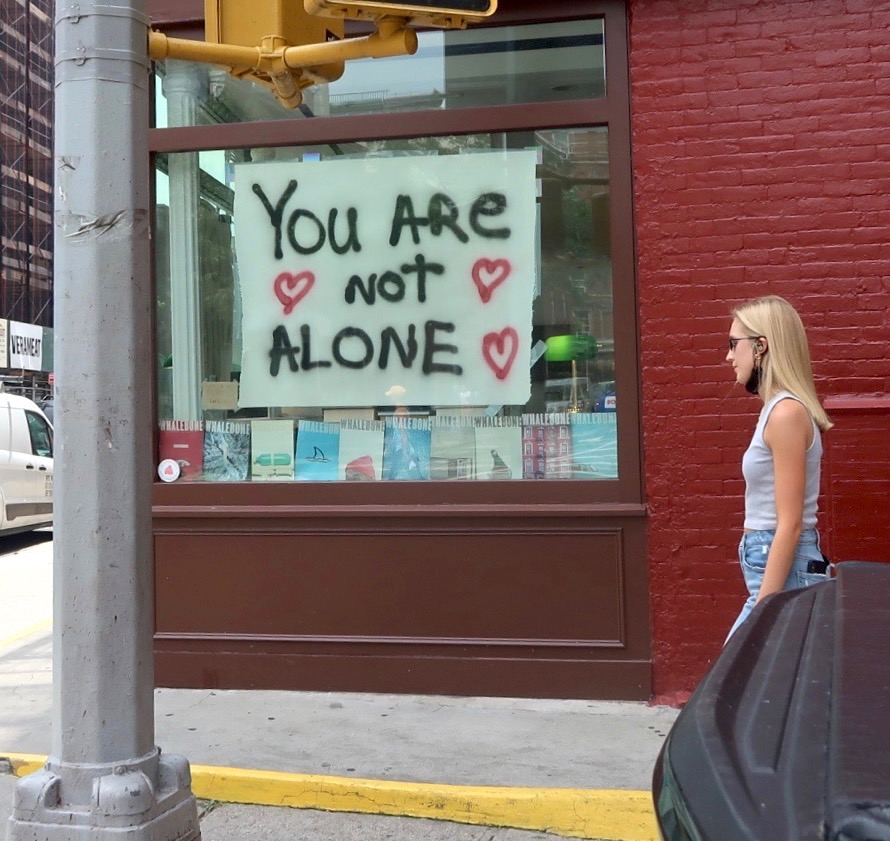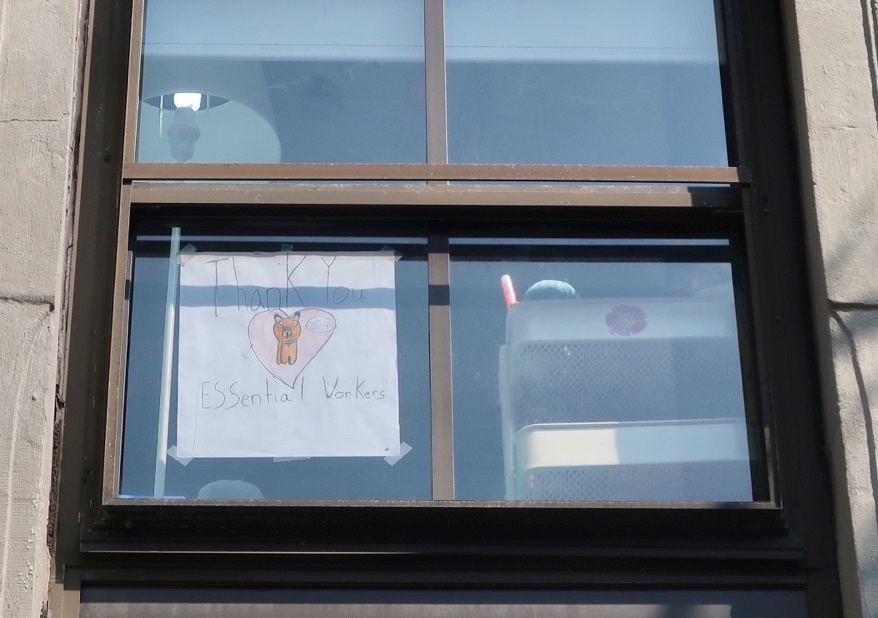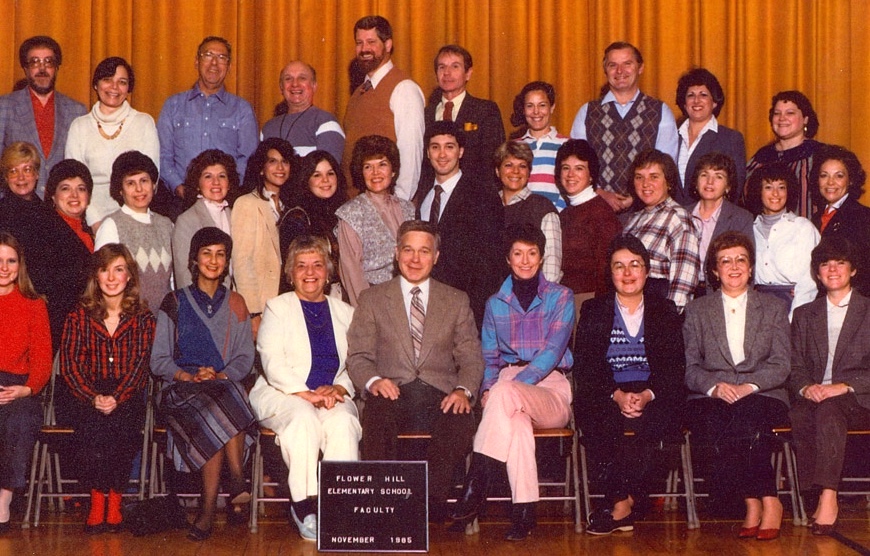Socially Distanced Music With Friends
My choir director arranged for three small outdoor sings for our group, the Choral Society of Grace Church. I went to the first, because it was the closest to me (the pier at Christopher Street). Everyone was wearing masks, and sang socially distanced, although it looks like we moved in closer. There was a very strong wind though, so I think we were safe. I could have sung for hours. But according to recent research, singing in groups for more than 15 minutes is not safe. So we sang four short pieces (including Palestrina!) and called it a day.
This is Manhattan Samba getting ready to play. I used to be in the band, but I haven’t played with them in years, so I was just there to get some video of them for an upcoming gig (the Mermaid Parade, which is going to be virtual this year). This is on the highway along the Hudson River, at Little West 12th Street.

